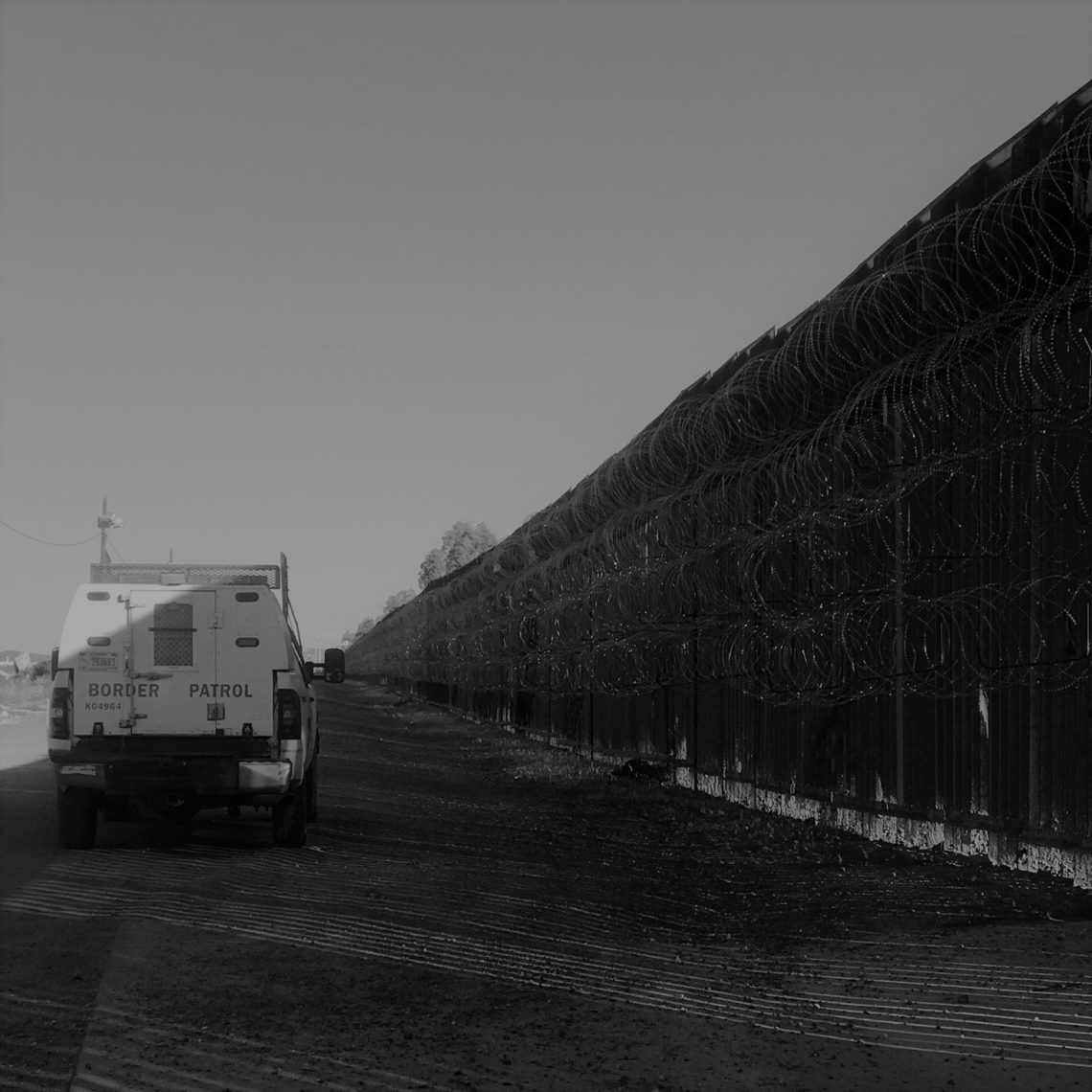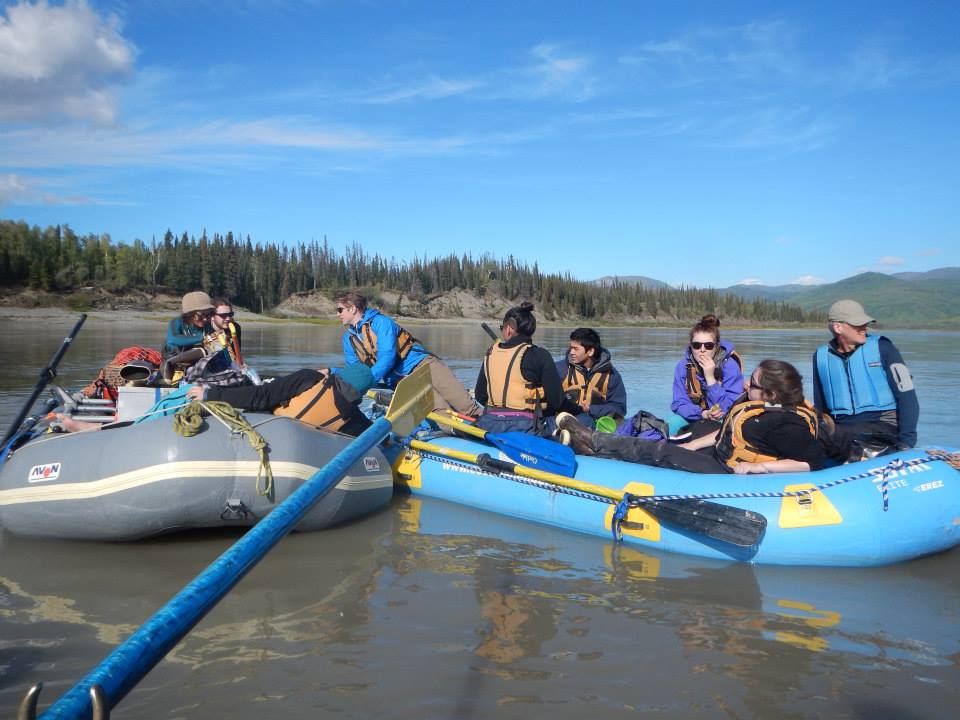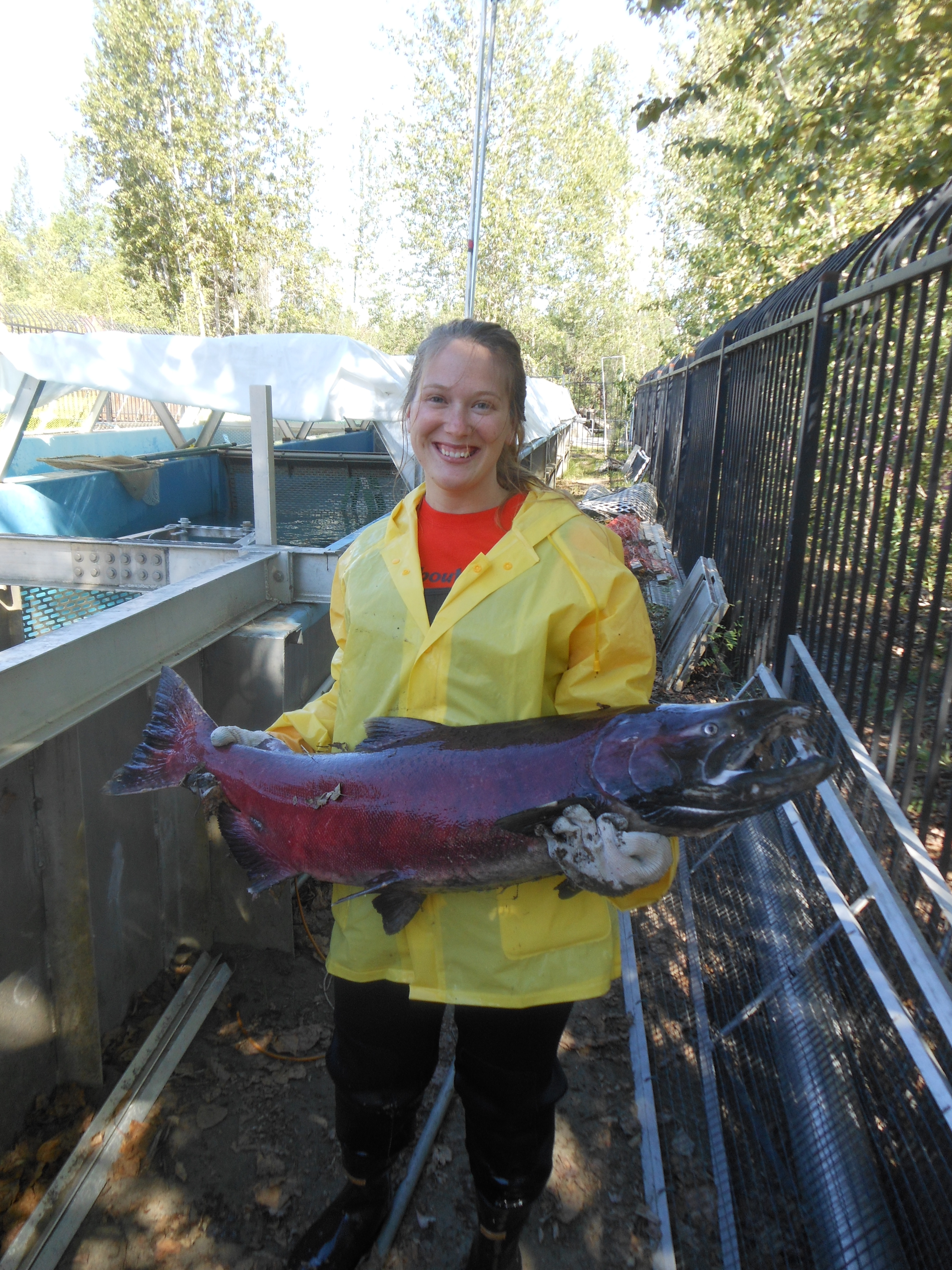By Sara Hinojosa
16-year-old, Valentina sat across from me. She was in the midst of her journey from Colombia to Utah and was eager to ask all about life in America. Her questions were shaped by the American life she’s seen in movies. She asked about American music, high school, and if I’d ever been surfing in California. Her eagerness almost completely disguised her fear and exhaustion that came from the journey that had already been in motion for many months. She didn’t say much about the home she left in Columbia, but she talked a lot about where she was heading. She and her family hoped to make it to Utah to meet her brother who made it there the year before. I wanted to be hopeful for Valentina and her family in their journey for asylum. All I could think about over the course of dinner was that every individual person in the Church dining hall deserved the safety and asylum that the U.S. provides but only 1 percent of all who apply are accepted.
The next morning it was revealed that, during the time Valentina’s family was forced to wait in Mexico for their asylum court date, Valentina’s mother was abducted. This detail was brushed over before there was any time to take in what was just said. As travelers search for asylum in the U.S., unspeakable trauma has become expected fact of the trip—and because of the constant movement and uncertainty that the journey requires, it’s common that travelers are unable to immediately face the trauma that they experience. When travelers finally make it to the points of entry, they are expected to wait in Mexico for months or years for a court case, even if Mexico is not their home country. When the court date finally arrives, travelers must find some way of getting themselves there and hope that they receive appropriate representation as the criteria for asylum seekers is unspoken and inconsistent. This exhausting, back-and-forth process quickly drains travelers of their resources and forces them to consider making the journey back to their home country from which they were fleeing.
Those who face the court trials and aren’t granted asylum still would do a great deal to avoid returning to conditions of war and poverty in their homeland. This desperation to escape the violence leads many to take the life-threatening journey across the border wall in between the legal U.S. points of entry. Border patrol constantly monitors the border walls and places sensors along popular migrant trails and water stations in the desert to search for potential undocumented border crossers. Whether a person attempts to apply for asylum legally or crosses the border illegally, the United States will not hesitate to show that person that they do not belong here. During a “Streamline” court case, migrants were lined up and numbered off. Their hands, waists, and legs were shackled. They were advised by attorneys to waive their right to a hearing and to accept the prison time and following deportation.
While the U.S. side of the border seems to promote exclusivity, the Mexican side seemed to represent a spirit of togetherness. I came across a lady in Mexico who had been kind enough to sit down with me and share her story. When she was a teenager, she gave up her dream of education to work in a factory far from home to support her younger siblings in their own pursuit of education. She told me that the hardest part of her day was the 15 minutes that she had to eat breakfast, reminiscing of the times when she and her family would eat together in the mornings before working under the hot sun on their farm. “It was hard work,” she reflected, “but we were happy.” Later on, the rest of her family joined her and they saved enough to build what she described as a big house: one bedroom, a living room, and a kitchen. They vowed that since they were blessed with this house, they were provide shelter to any traveler who might need help. Together, her family of 11 worked to provide for the large groups of migrants that would stay at their house. This idea was such a shift from the American ideals that I’d grown up with, which often doesn’t include bringing those in need into our homes and providing for them for as long as they desire. The typical American would consider such things a burden, concerned that guests may overstay their welcome. But this family in Mexico happily gave all that they had to support others who needed it.
I was a little girl the first time I heard my father referred to himself as an “Illegal Alien.” He seemed to think nothing of it. He became a citizen when I was 6 years old but it’s interesting to see how being born in Mexico affected the way he thought of himself and his role and belongingness in the United States. He grew up and raised children in the same U.S. city, yet he referred to himself in a way that cut him from the life he’d built. In the case of Valentina and countless others fleeing violence, both inside and outside of the United States, the symbol attached to the U.S.-Mexico border plays into how certain individuals view themselves, their role in society, and whether or not they believe they truly belong in the United States.





